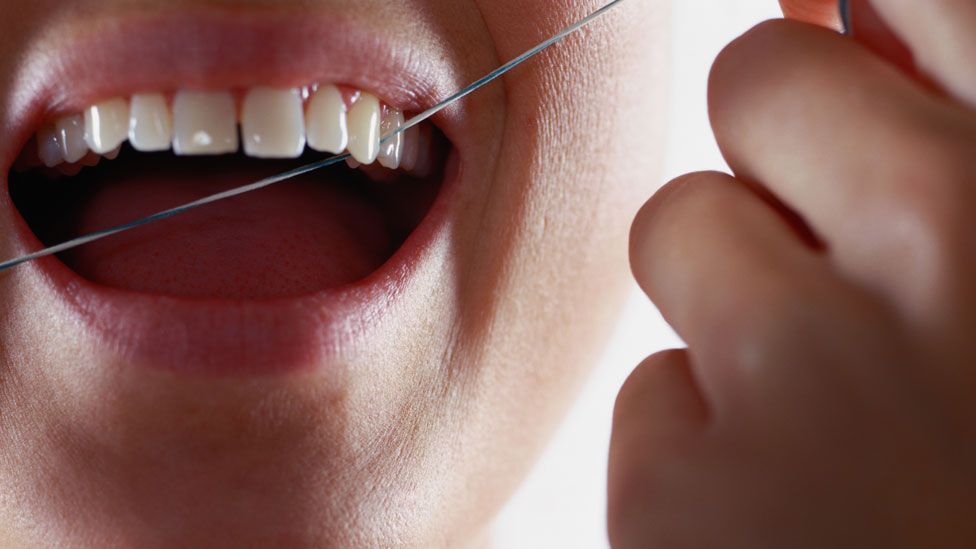Dental lasers are a modern tool used by dentists to perform a variety of procedures, including teeth whitening, gum contouring, and cavity detection. They are a safe and effective alternative to traditional methods and offer a range of benefits to both dentists and patients.
A dentist is a healthcare professional who is trained in the diagnosis, prevention, and treatment of issues with the teeth and mouth. Dentists may use a variety of tools and techniques to provide care to their patients, including dental lasers. Dental lasers are specialized instruments that use a focused beam of light to perform a variety of procedures, such as teeth whitening, gum contouring, and cavity detection. They are a safe and effective alternative to traditional methods and offer a range of benefits, including precision, minimal invasiveness, and reduced pain and bleeding. Dentists may use dental lasers in conjunction with other tools and techniques to provide the best possible care to their patients.
One benefit of dental lasers is that they can be more precise than traditional instruments. The laser beam is extremely thin and can be directed at specific areas with a high degree of accuracy. This means that healthy tissue can be spared, minimizing the risk of side effects such as bleeding and swelling.
Dental lasers also have the ability to seal nerve endings and blood vessels as they cut through tissue, which can reduce the amount of pain and bleeding experienced by the patient. This can make certain procedures, such as gum contouring or the removal of wisdom teeth, more comfortable for the patient.
In addition to reducing pain and bleeding, dental lasers can also speed up the healing process. The heat generated by the laser can stimulate the production of collagen, which helps to repair and regenerate tissues. This can result in a faster recovery time and less discomfort after the procedure.
Another benefit of dental lasers is that they can be used to perform procedures that would normally require multiple visits to the dentist. For example, laser teeth whitening can be completed in just one visit, whereas traditional teeth whitening may require several visits.
Dental lasers are also very versatile and can be used to perform a variety of procedures, including:
Teeth whitening: Laser teeth whitening uses a special light to activate a whitening gel, which can brighten the teeth by several shades in just one visit.
Gum contouring: Laser gum contouring can be used to reshape the gumline and improve the appearance of the teeth. It can be used to correct a “gummy” smile or to even out the gumline.
Cavity detection: Dental lasers can be used to detect cavities in their earliest stages, allowing for early treatment and the preservation of more tooth structure.
Soft tissue surgery: Dental lasers can be used to perform a range of soft tissue surgeries, including the removal of warts, the treatment of gum disease, and the removal of excess gum tissue.
Root canal therapy: Dental lasers can be used to sterilize the root canal and remove infected tissue, reducing the risk of infection and improving the success rate of the procedure.
Overall, dental lasers offer a range of benefits to both dentists and patients. They are precise, minimally invasive, and can reduce pain and bleeding during procedures. They also have the ability to speed up the healing process and can be used to perform a variety of procedures in just one visit. If you are considering a dental procedure, be sure to ask your dentist if a dental laser could be used as an alternative to traditional methods.




